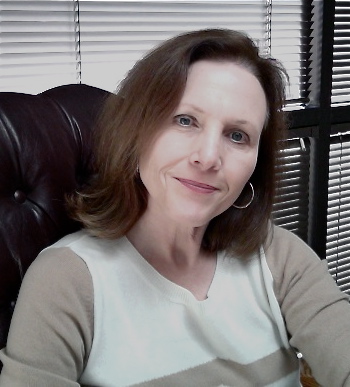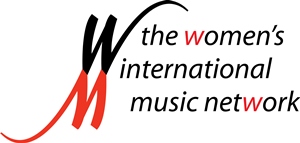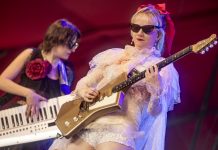The WiMN’s Front and Center is a weekly column that showcases accomplished women who work in the music and audio industries. We spotlight successful female performers, manufacturers, retailers, educators, managers, publicists, and everyone else in between. Want to be featured? Learn how here.
Front and Center: Museum of Making Music Executive Director, Carolyn Grant
By Pauline France
Directing a museum is no easy task, but Carolyn Grant, Executive Director of the Museum of Making Music (MOMM) – a division of the NAMM foundation – in Carlsbad, Calif., has been greatly successful at it since 2001.
As the Executive Director, she has set the museum’s vision and direction, guided its development, managed educational and concert programming, and much more.
Read below to learn more about Grant and her achievements, and visit the MOMM’s website here.
WiMN: What sparked your interest in music and how did you get started?
CG: I was deeply affected by music even as an infant. My mother would try to listen to music during night feedings but she said that every time she put on the music I just couldn’t be still. My first introduction to an instrument was when I saw someone push down a key on a piano. I thought it looked like so much fun and I secretly wanted to try it myself. My intuitive mother then used her grocery money to rent a piano for me and I started lessons at age 6. My deep devotion to and experience of the power of sound was born out of dance. I danced my way through childhood.
WiMN: What instruments do you play?
CG: I played piano all my life until I hit some sort of block in college and couldn’t touch the instrument again. It took years for me to come back to the piano, and I never was able to come back to it completely. So, I switched instruments. About 5 years ago I started learning cello. Now I know what it feels like when a person finds “her” instrument. It turns out that my problem with the piano was simply that it wasn’t the right instrument for me. It was physically and psychically uncomfortable for me to play. The cello is nothing but satisfaction—intellectual, emotional, physical, musical satisfaction.
WiMN: What are some of your responsibilities as the Executive Director at the NAMM Museum of Making Music?
CG: I am responsible for setting the overall vision and direction of the museum and for guiding its development along a charted course. I oversee all operational aspects of the museum, including the permanent and special exhibitions, educational and concert programming, and budget. I feel a strong sense of responsibility to the museum staff and volunteers, and by far my favorite part of this job is leading and participating in a strong, positive, insightful, creative, dedicated and fun team.
WiMN: How long have you held this position?
CG: I began working at the NAMM Museum of Making Music in 1998 as assistant to the founding director. I became executive director in 2001. It amazes me when I realize that I started here when I was 38 and now I’m 53!
WiMN: What are some of the most challenging things about your role as a director?
CG: The challenges that I experience are truly very few. But if I had to name one, it would be having to choose among the great number of concerts, exhibitions and programs we have the opportunity to present.
WiMN: How does the museum go about acquiring instruments to have on display?
CG: The vast majority of what we have on display is either loaned or donated to the museum. Very occasionally we will purchase an instrument that we feel is pivotal to the story we tell. We have received loans and donations of artifacts from manufacturers, retailers, distributors, publishers, private collectors, and people who just happen to find something in a closet or under a bed.
WiMN: What can someone expect when walking into the museum?
CG: They can expect to walk a bit down memory lane, to experiment with some instruments (some familiar and some perhaps not), to learn about the connections between people, instruments and the music we make, and to have an opportunity to ponder their own place within the world of music making. They will see the world of music making from a perspective that is not celebrity based, not genre based, and not purely instrument history.
WiMN: What are some of the most esoteric items you have at the museum?
CG: We have a BiroTron, a Theremin, LEO (Live Electronic Orchestra), a very early Fender Strat, a Harpejji, a Slaperoo, an exquisitely painted Steinway art case piano from the early 1900s, a fully functioning Reproducing Piano, and so many more.
WiMN: Do you hold events at the museum? If so, what are some of the most memorable ones?
CG: We hold many events at the Museum! I have literally experienced hundreds, if not thousands, of memorable moments over the years. To name just a very few: the performance of the L.A.-based group Quetzal; Laurie Anderson’s performance/talk with her NS electric violin; David Lindley and Sonny Landreth playing together; the Calder Quartet playing a variety of vintage and modern stringed instruments; Paul Dateh playing in one of our “Local Flavor” concerts; Keith Emerson playing his Monster Moog; our adult beginner orchestra performing their first concert; children laughing and dancing on their tours through the museum; a young child crying and heartbroken because she doesn’t want to stop playing an instrument…and so many more!!!
WiMN: What words of advice would you give to women seeking a career in music?
CG: I don’t feel that I am in a position to give advice about careers in music. But if I were to give advice to someone about a career in music museums, I would simply say that one must never forget that instruments are tools to accompany us on our journey through time and to help us be more deeply human. They speak through you and you speak through them. Designing, building, manufacturing, distributing, marketing, selling, teaching…everything that goes into getting instruments into the hands of people and helping them stay there…is a truly noble endeavor.








